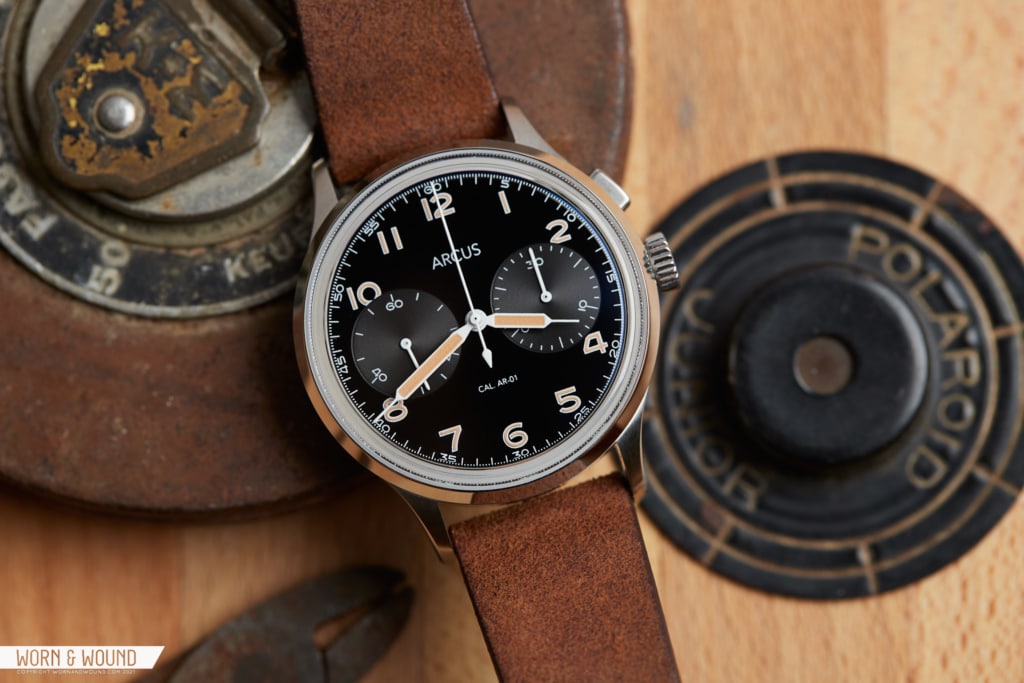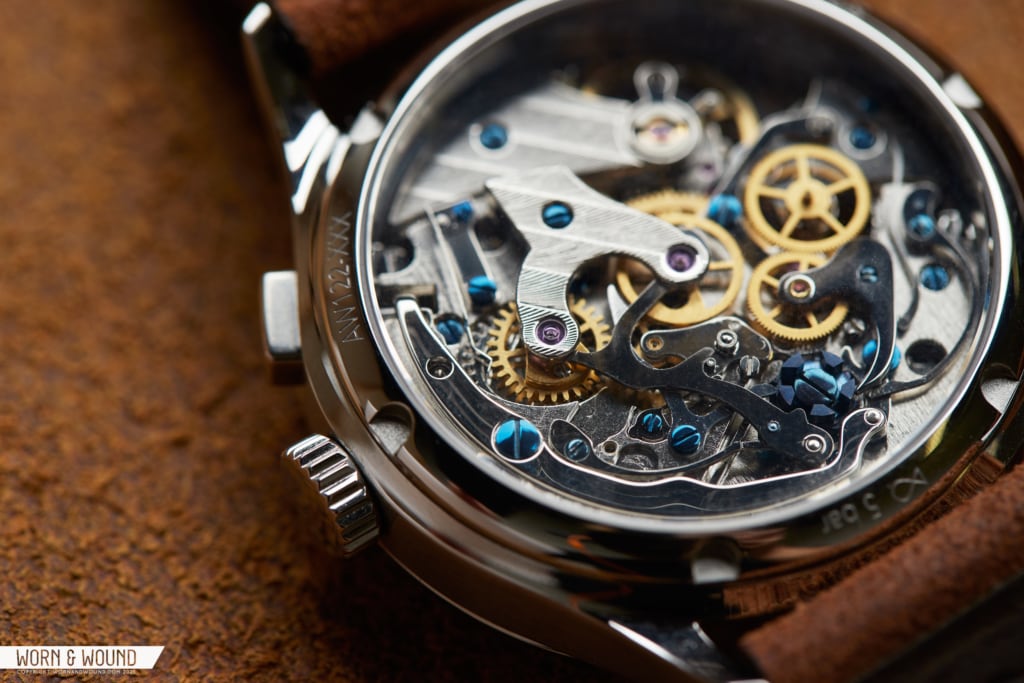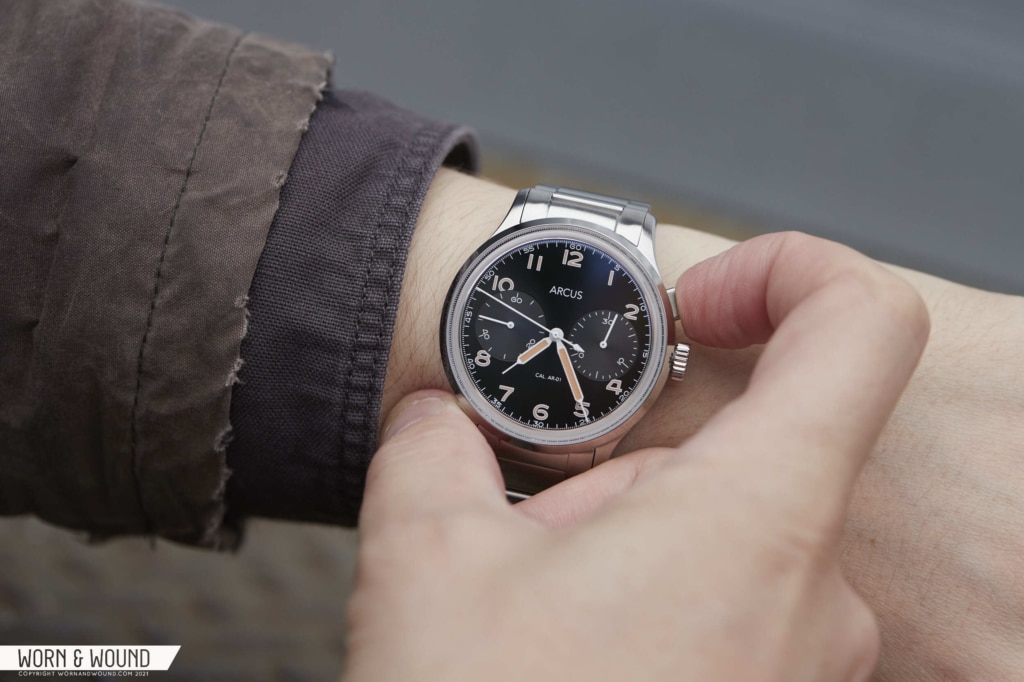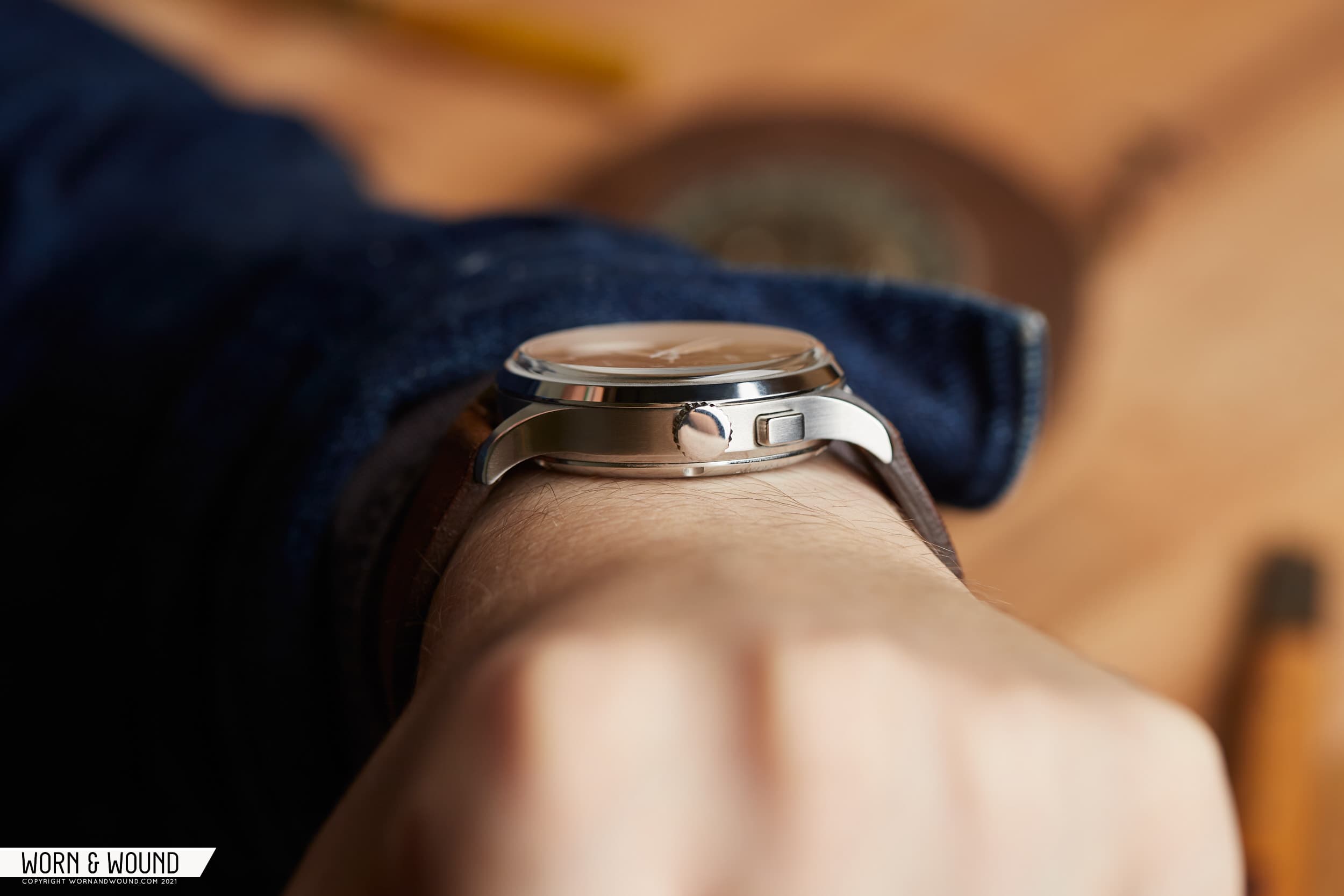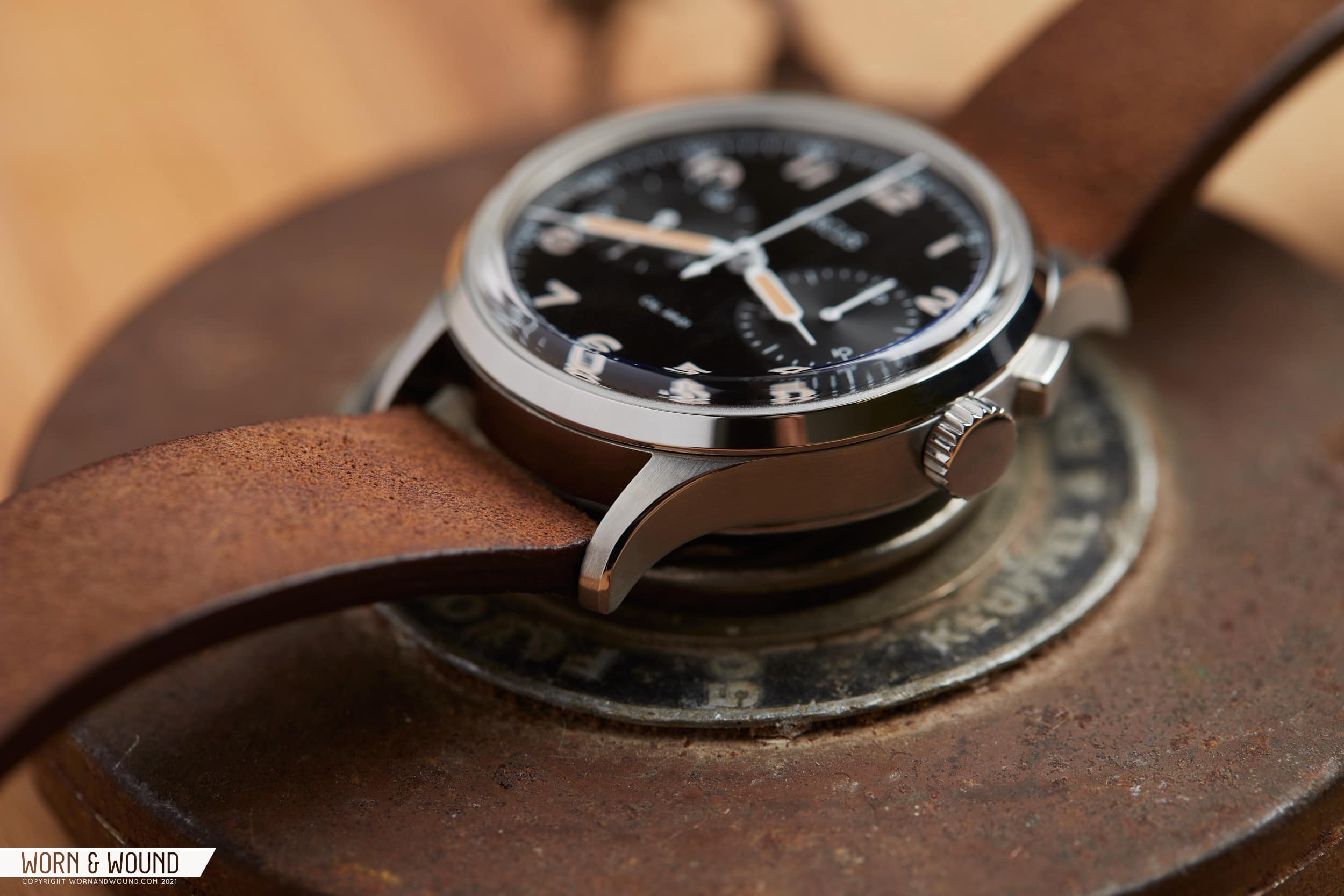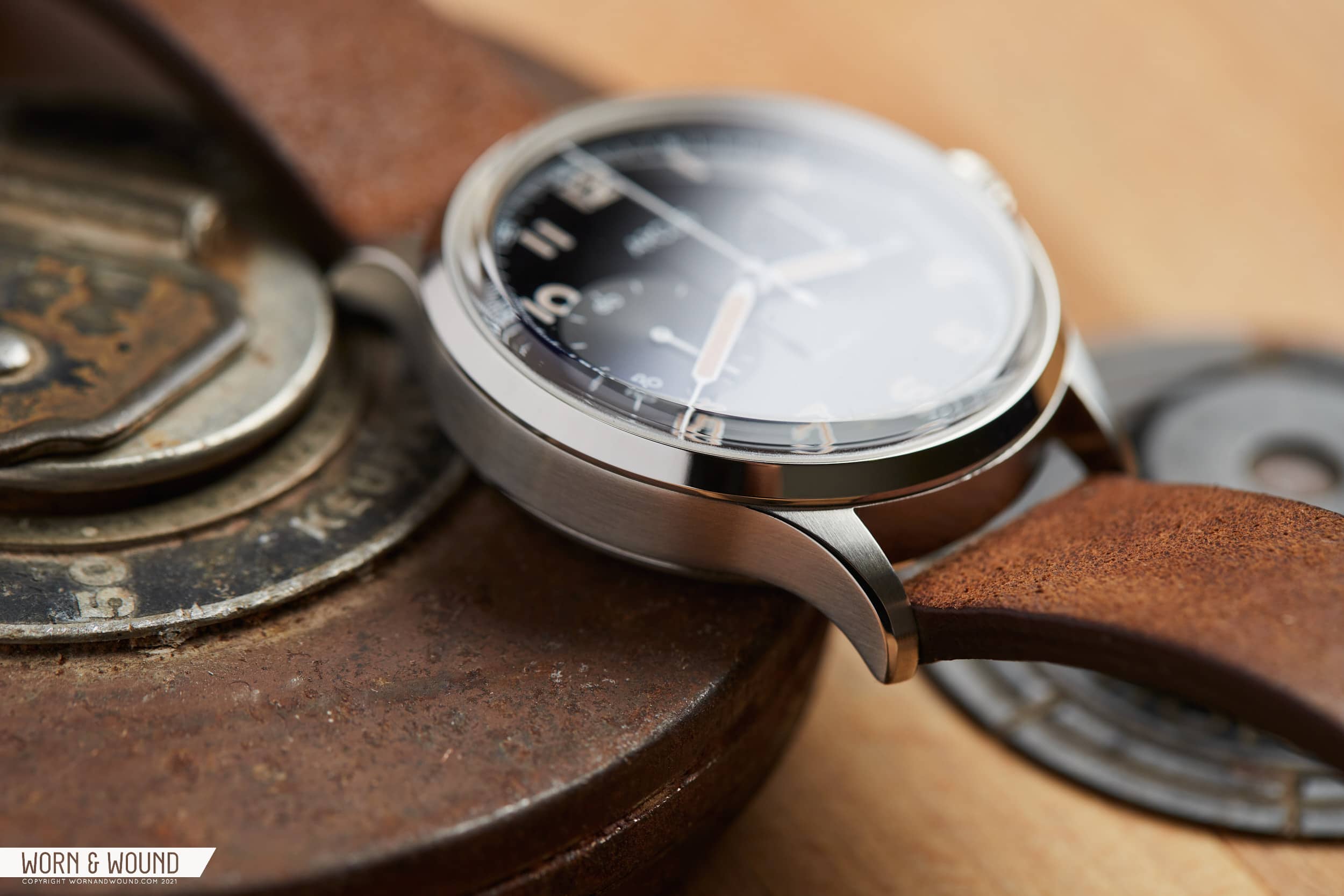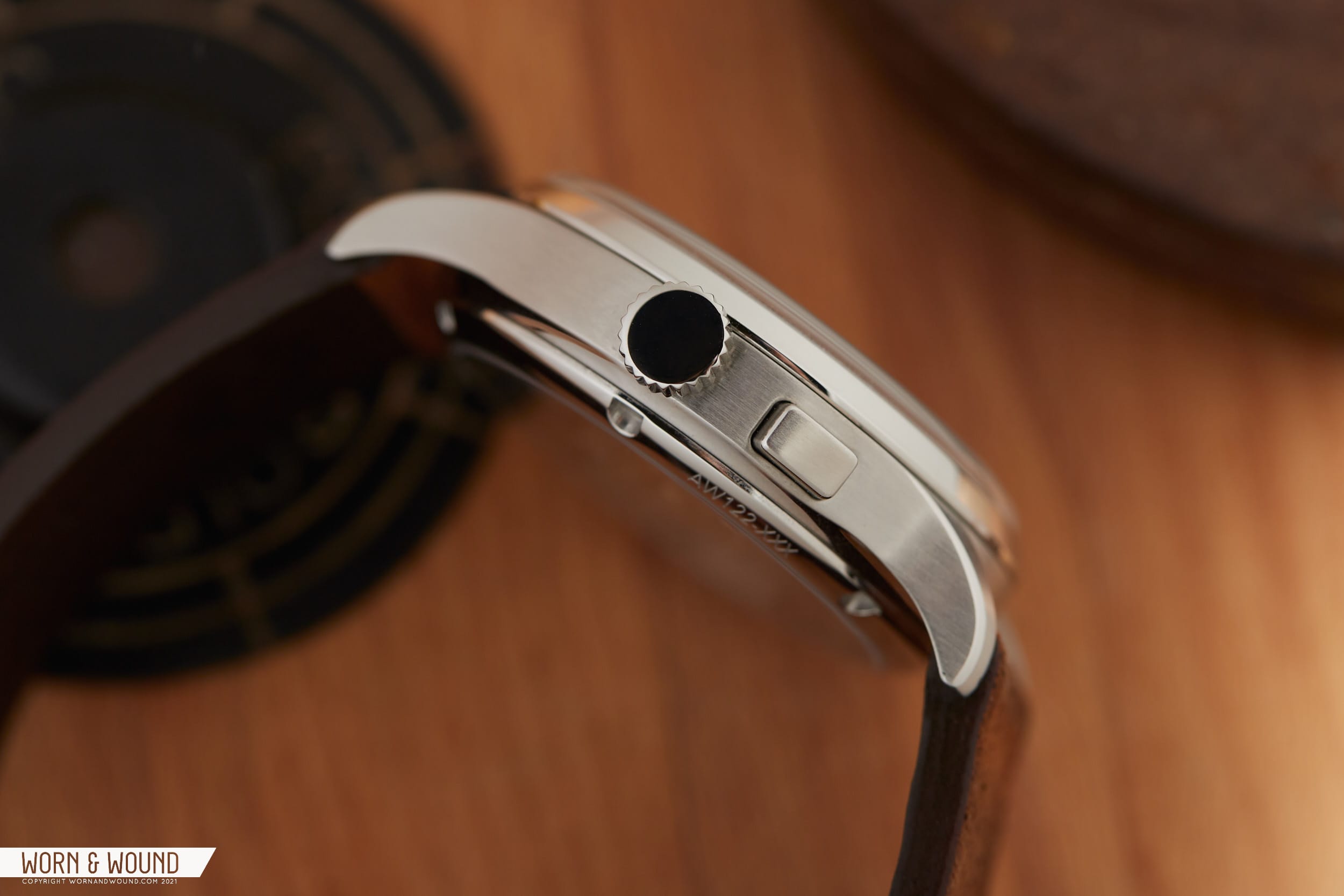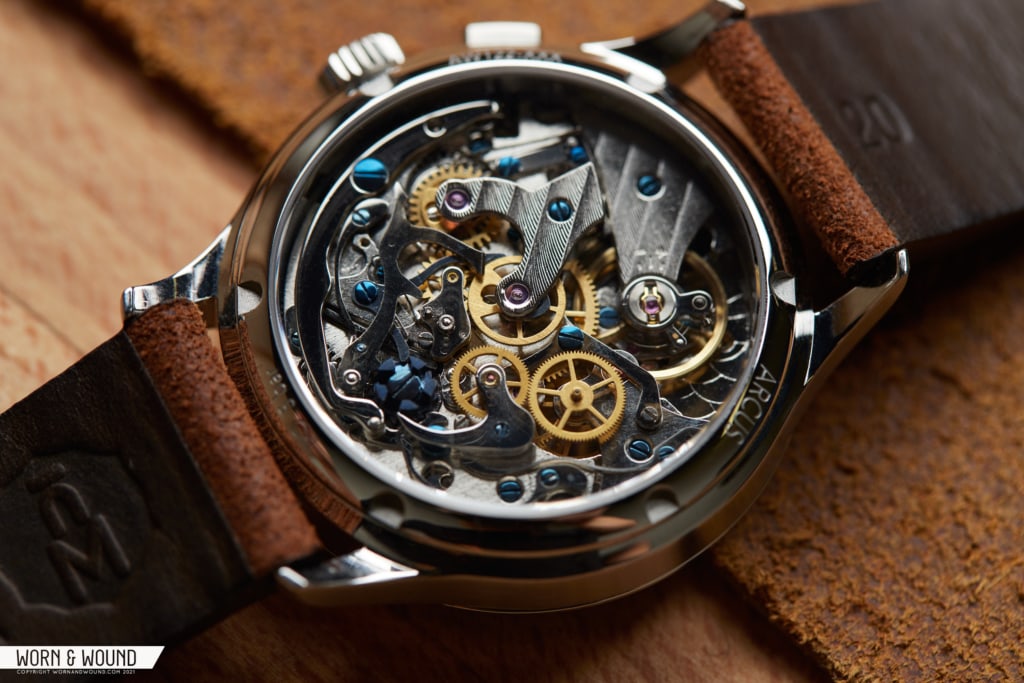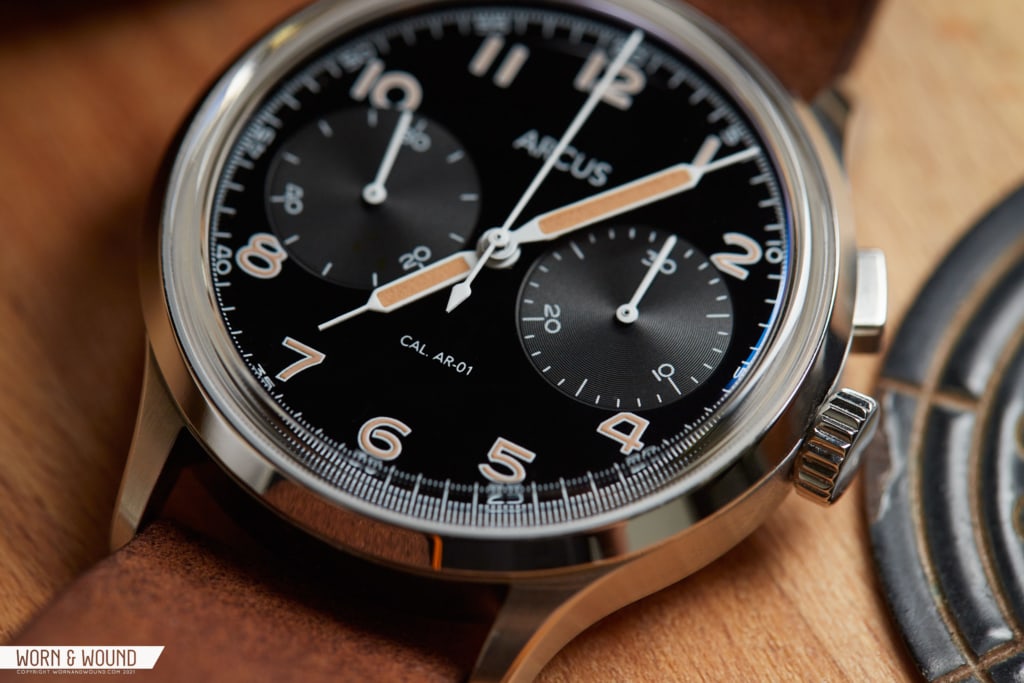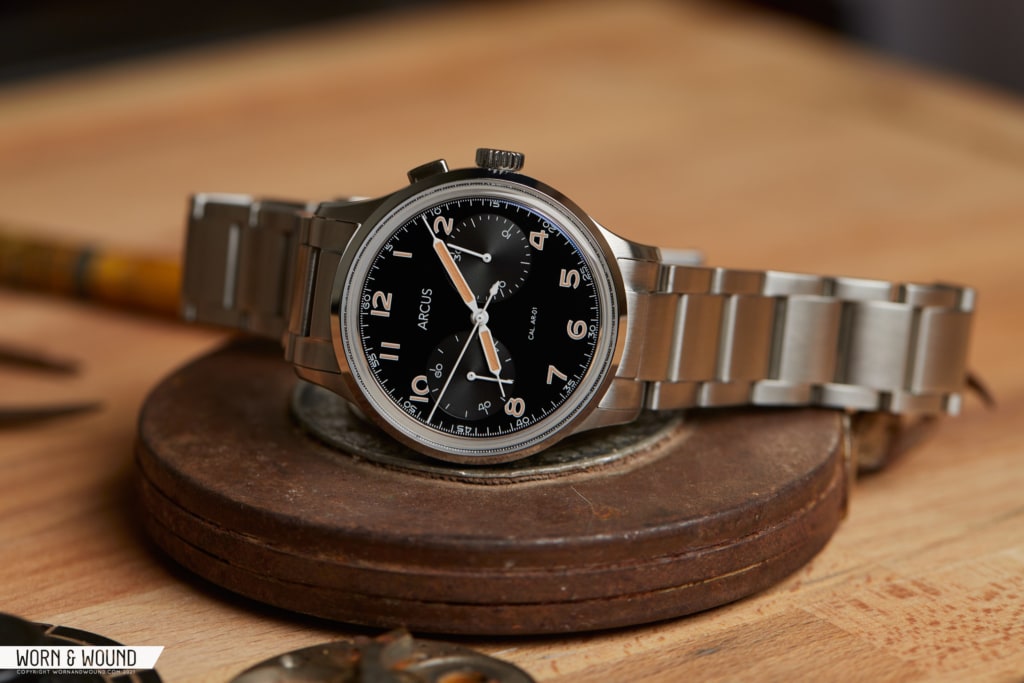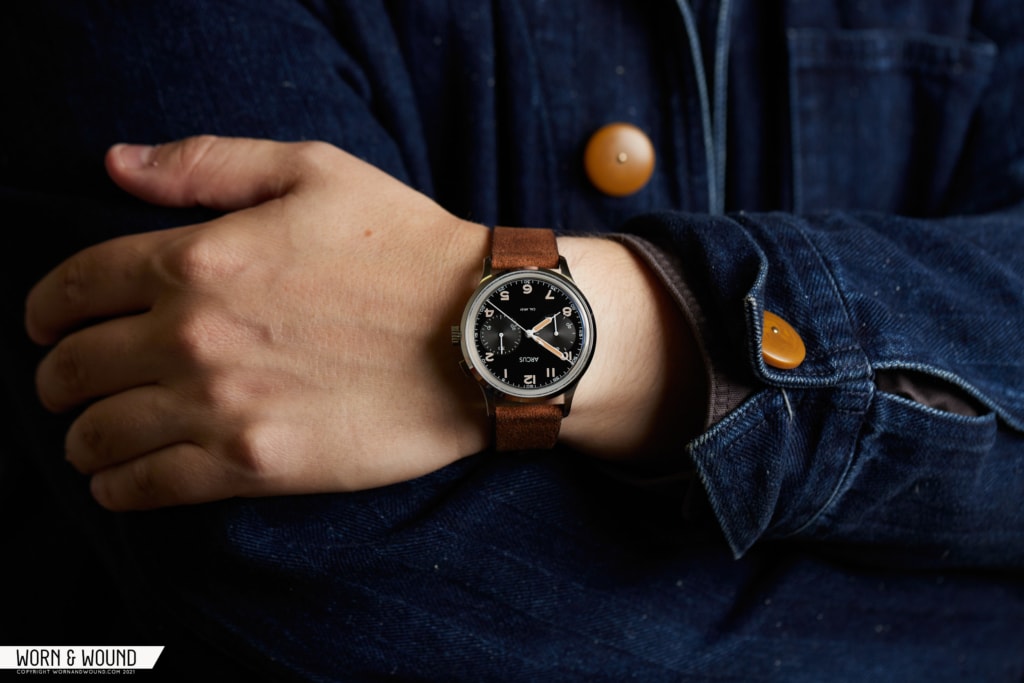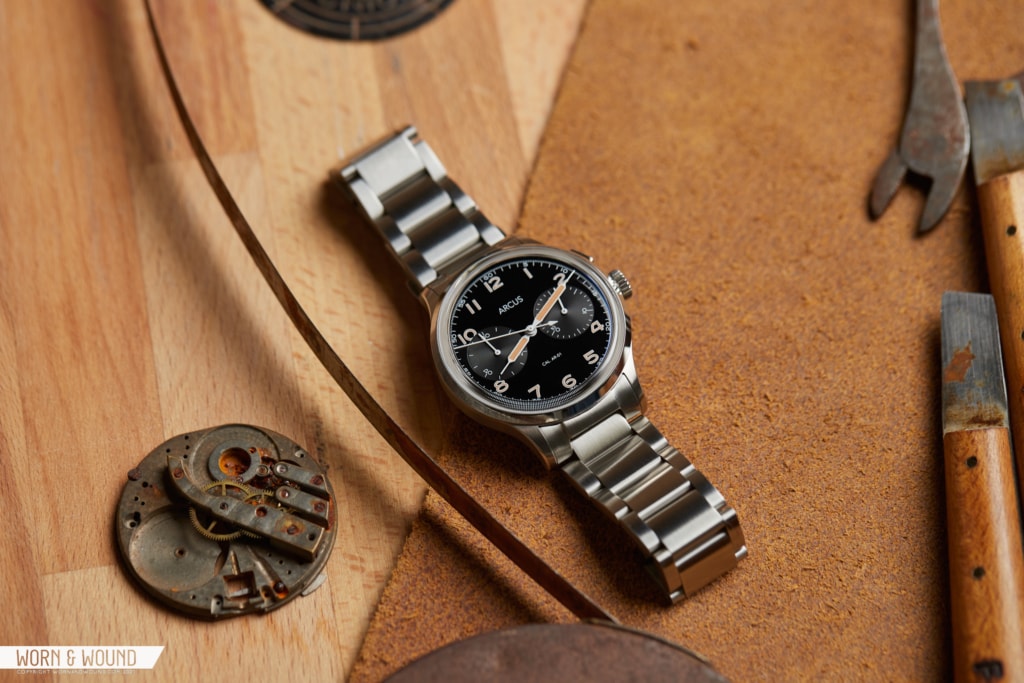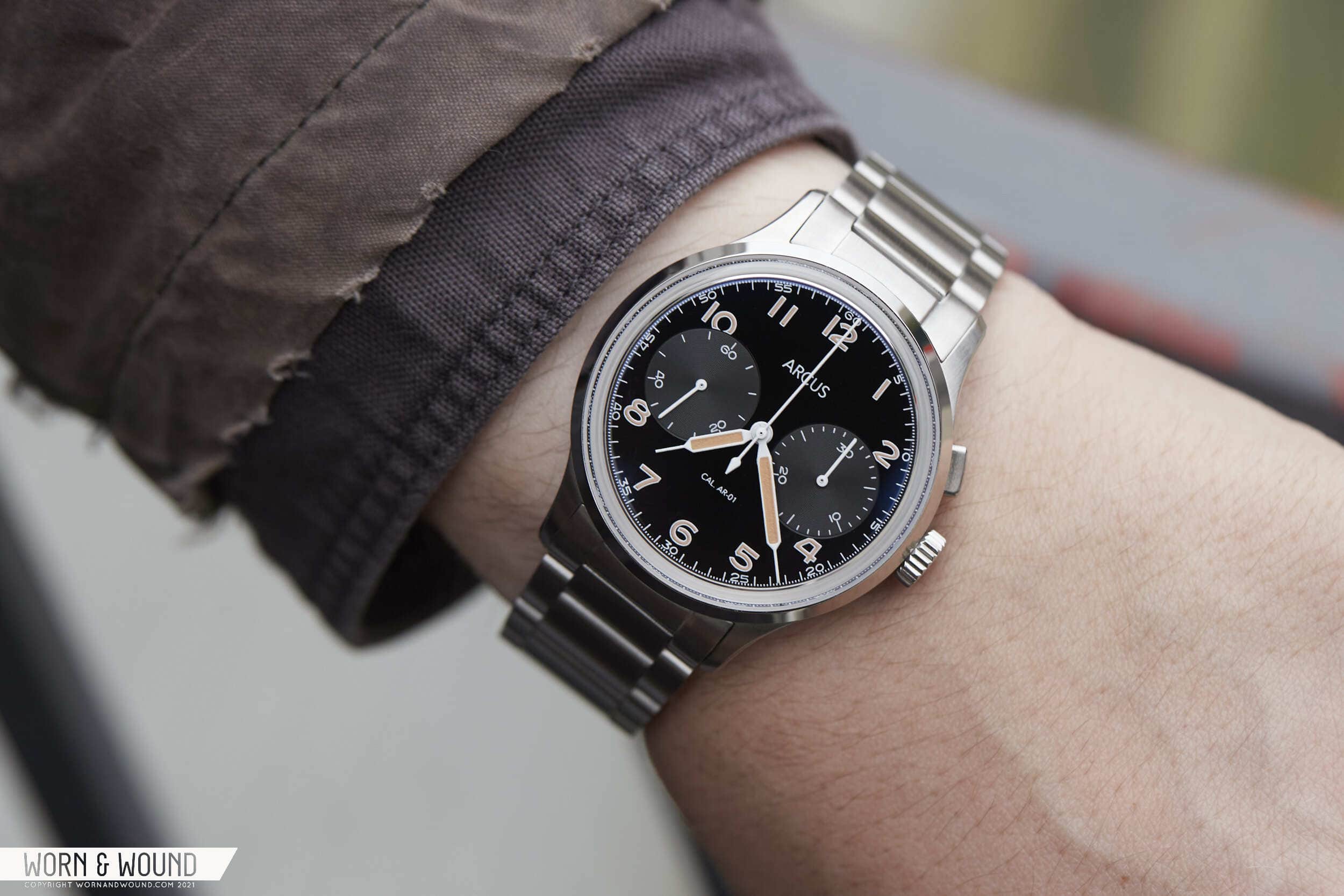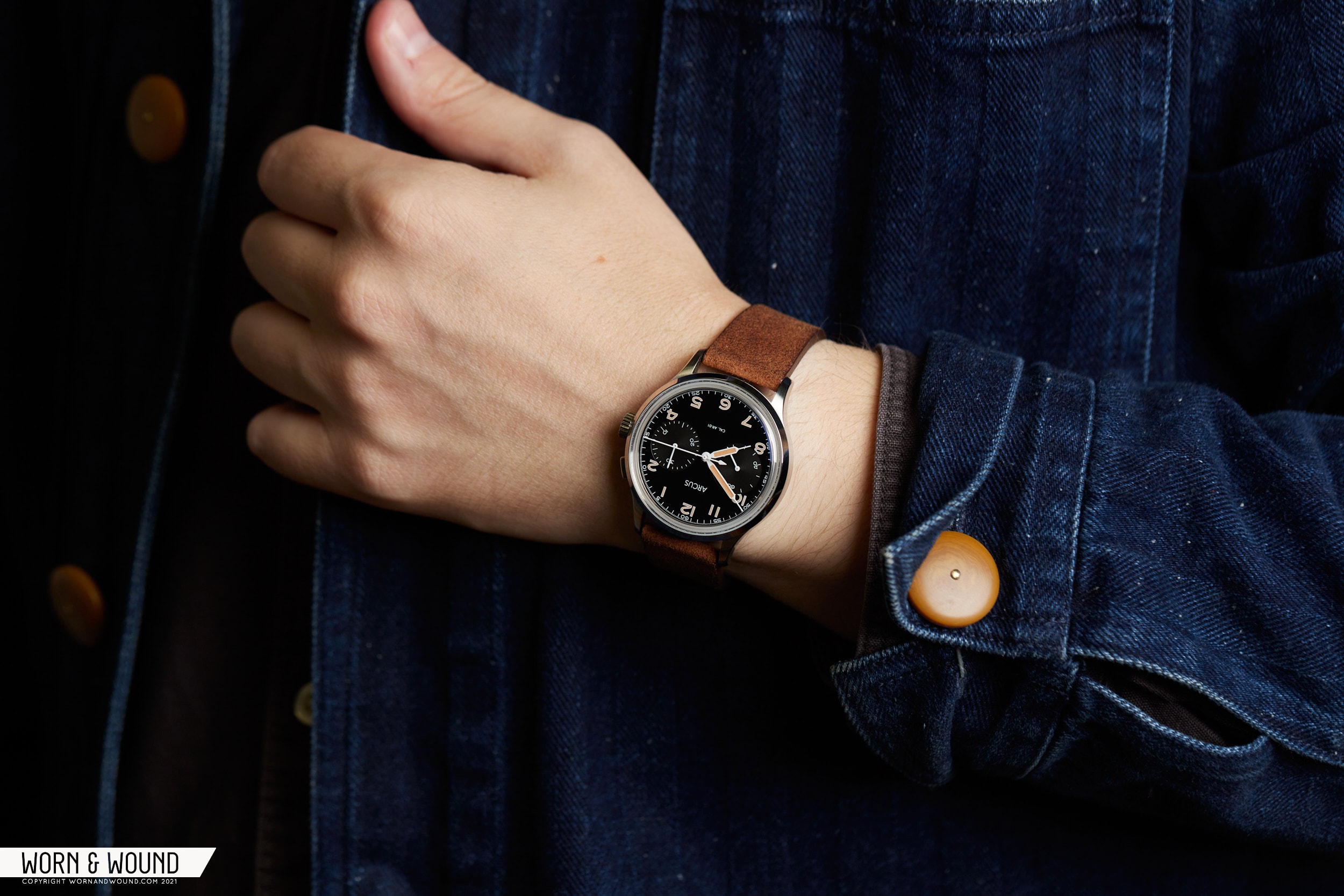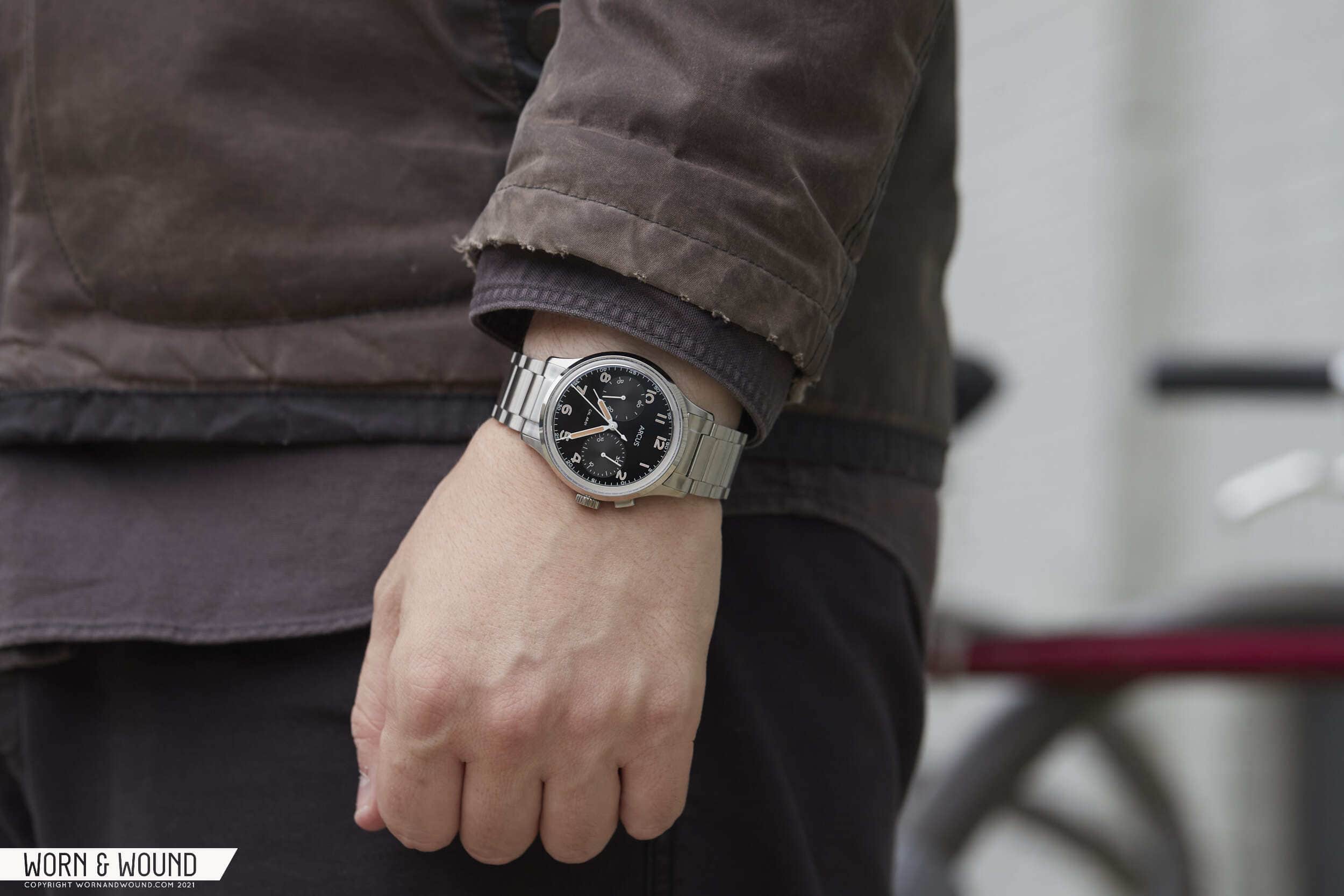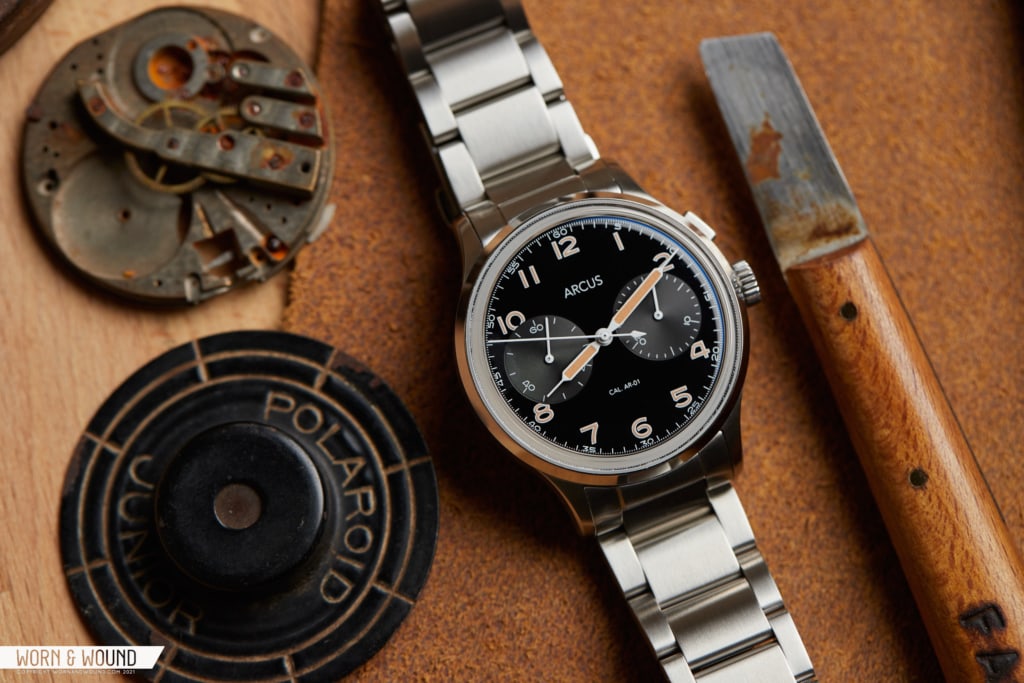This is what I’ve been waiting for. In the last 10 years, the wild and, at times, wacky world of microbrands has come a long way. A very long way. From the early days, when the term “micro” had a dismissive undertone (ok, it still can when people refer to “those micros”), and brands were few and far apart. Miyota 9015s were just hitting the market, getting side-eyed by those loyal only to “Swiss-made”, and to use a Seagull was unimaginable (unless you were Seagull as the 1963 was a hit). Heck, I even remember when Techné brought out the Sparrowhawk II in 2012, ushering in the era of Meca-Quartz.
Today, microbrands (and small independents, for those still sensitive to that term) rival their conglomerate contemporaries in fit and finish, and regularly surpass in creativity. But, until recently, few could hold a candle to the looming watch titans in terms of mechanical development. Sure, a rotor could be customized, an interesting movement sourced, but in-house development was rare. Other than Christopher Ward, that is, who doesn’t get enough credit for their complications or SH21 5-Day chronometer, but even they, as far as brands go, are a bit older and on a larger scale than many.
In case you can’t tell where this is going, today I’m reviewing a watch that shows not only how far this scene has come, but that it also has a promising future. The Arcus Tropos is the first watch by the Canadian brand. A mid-size, mid-century, military design, it has an undeniable appeal, but I’ll get into the details later. It’s also a manually wound chronograph, which is always a joy, especially at a sub $1,000 price point. Yes, they use the Seagull 1901. But, what makes this watch exceptional is that it’s a monopusher.
That’s right, the Arcus Tropos is a manually wound, column-wheel monopusher chronograph for under $1,000. No, there is no off-the-shelf movement that gets this done, Arcus developed the components in-house necessary to convert the 1901 to a monopusher. Like, in their own workshop in Calgary. And that’s really cool. Now, this isn’t to say that brands are going to be able to call up their manufacturers and have this done themselves, as Arcus happens to be founded by a couple of engineers, but once something is proven to work, others tend to follow.









 Featured Videos
Featured Videos





